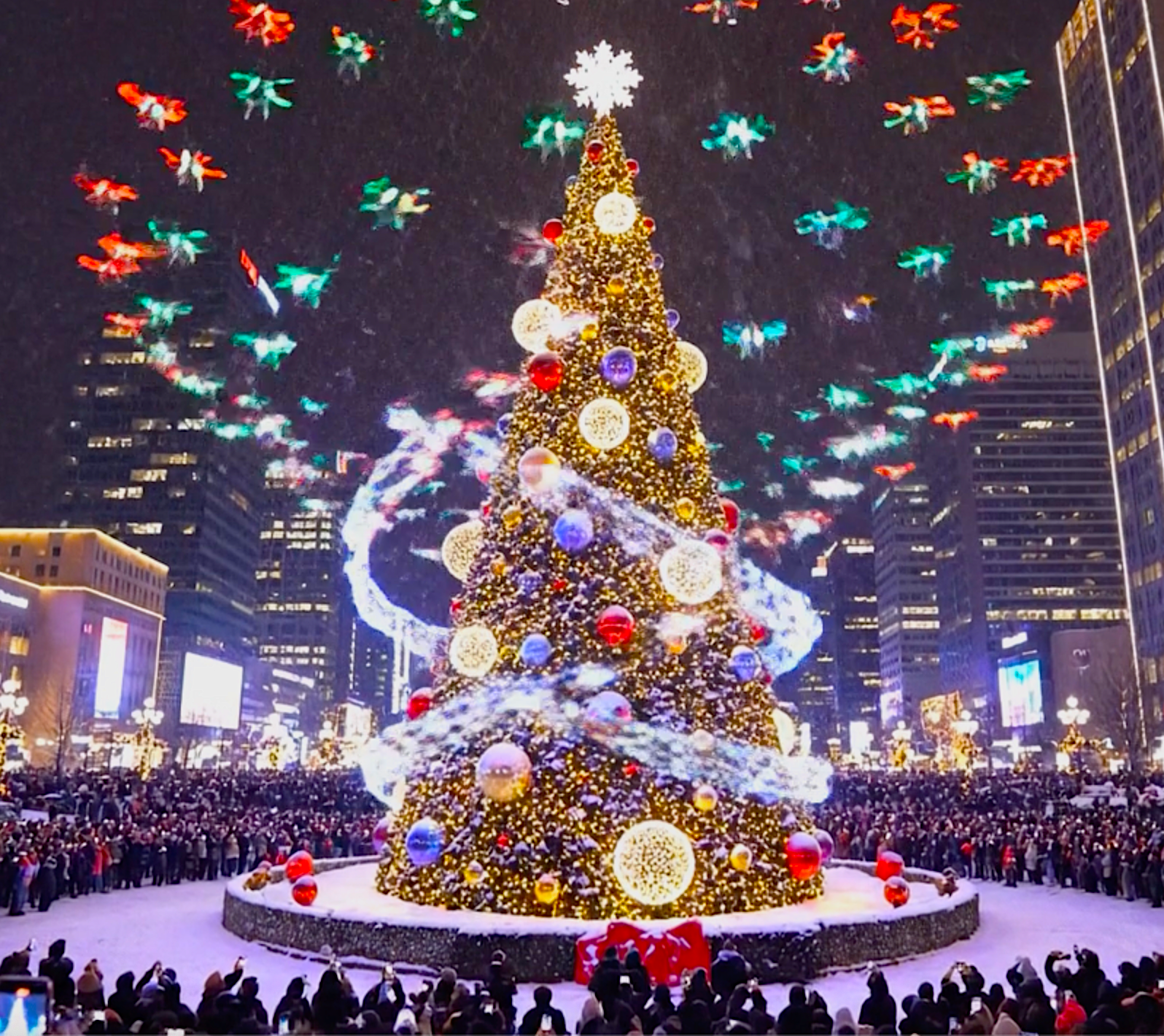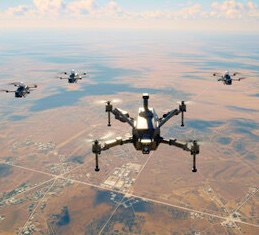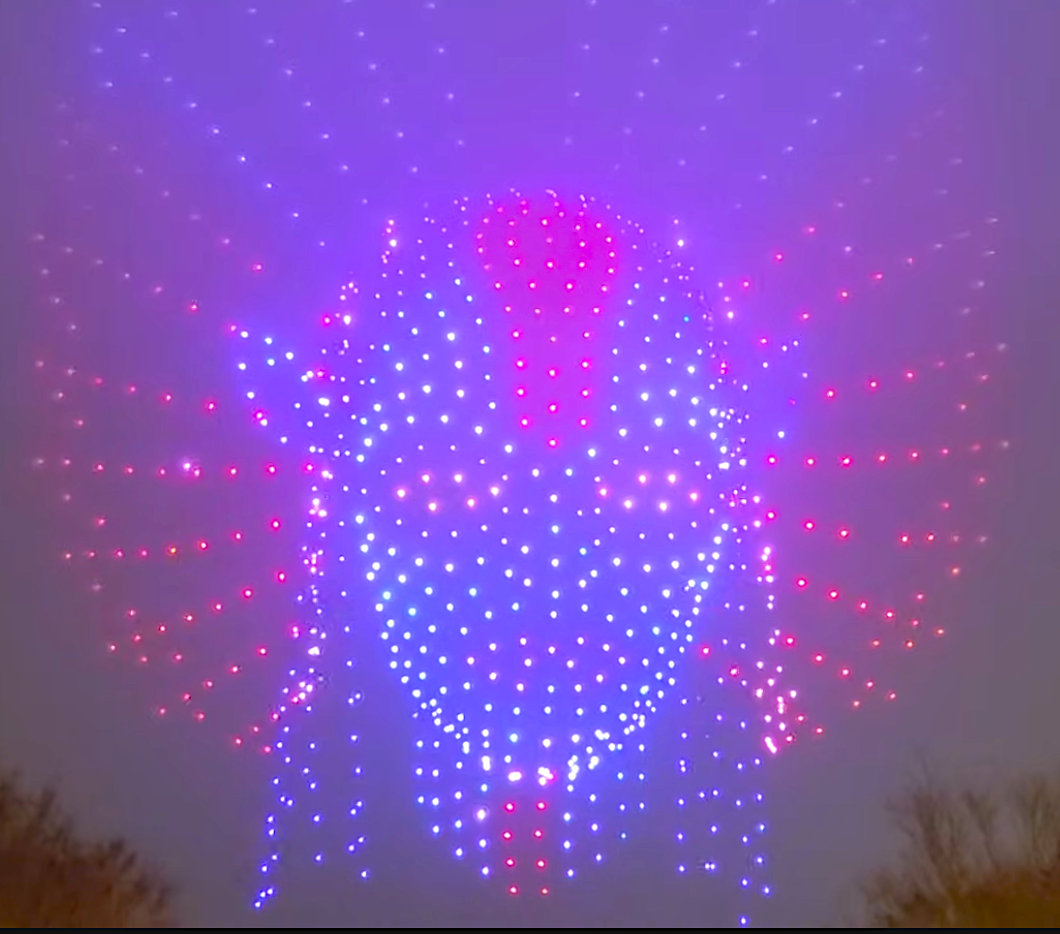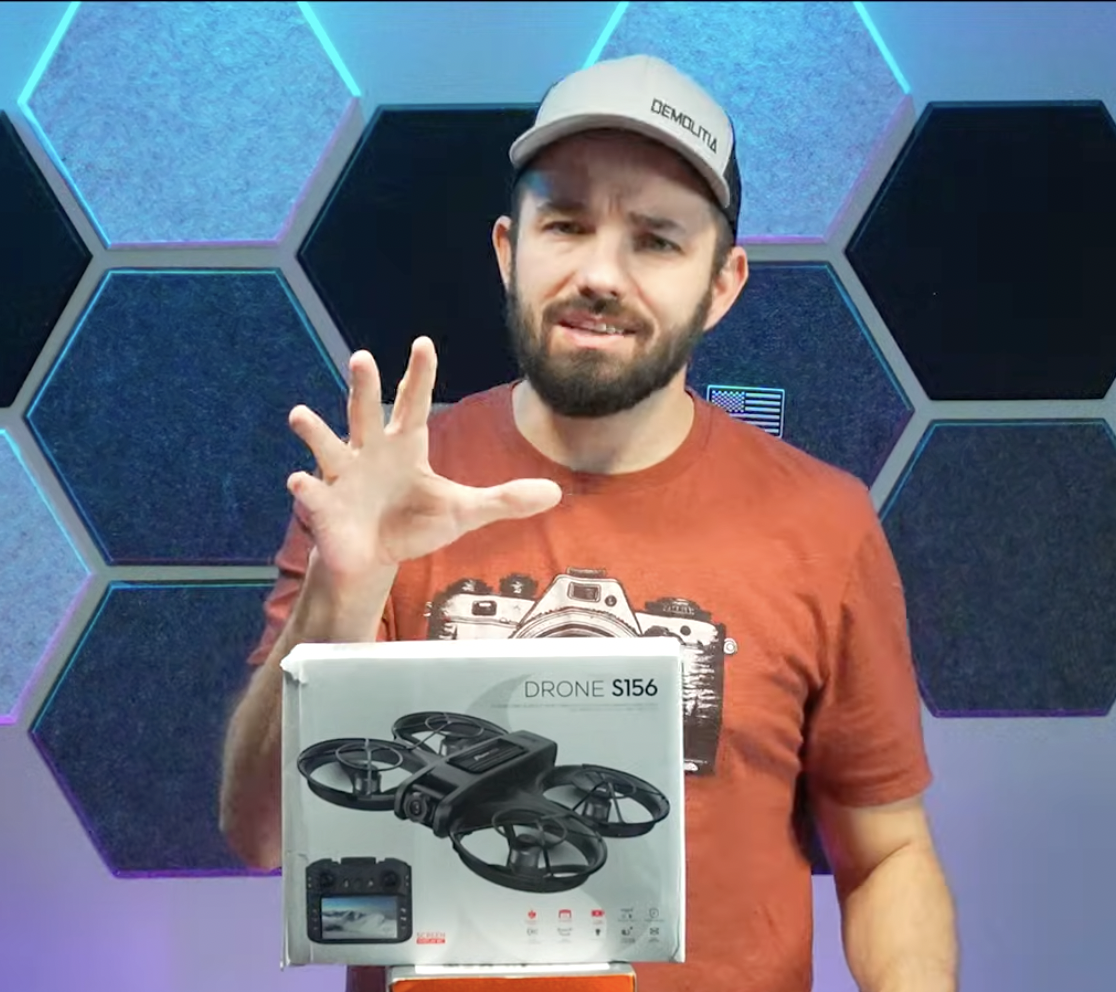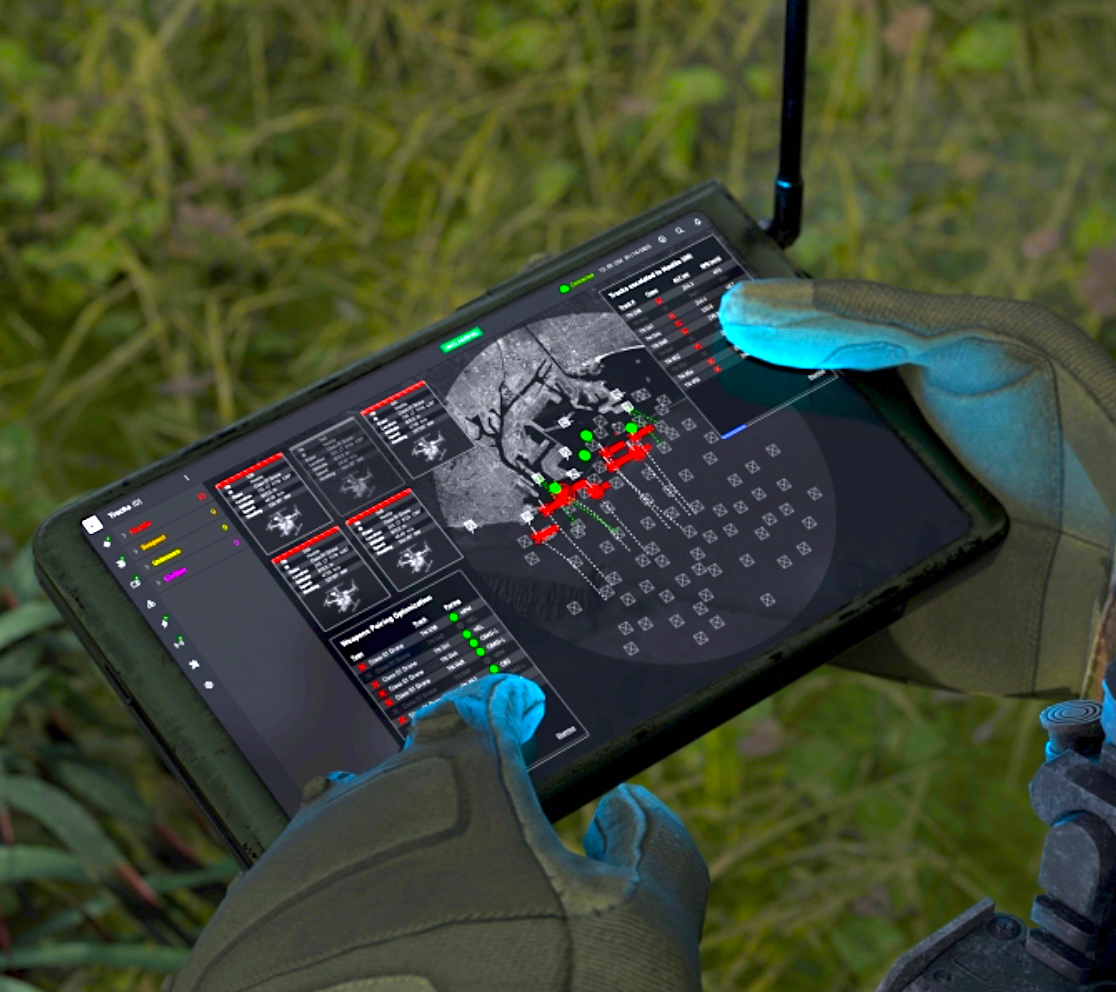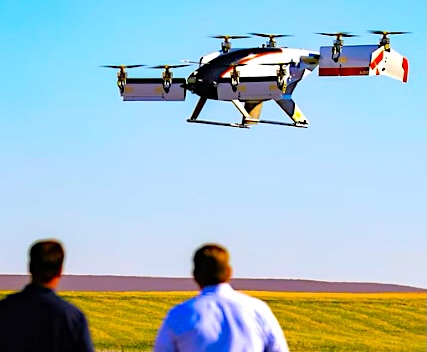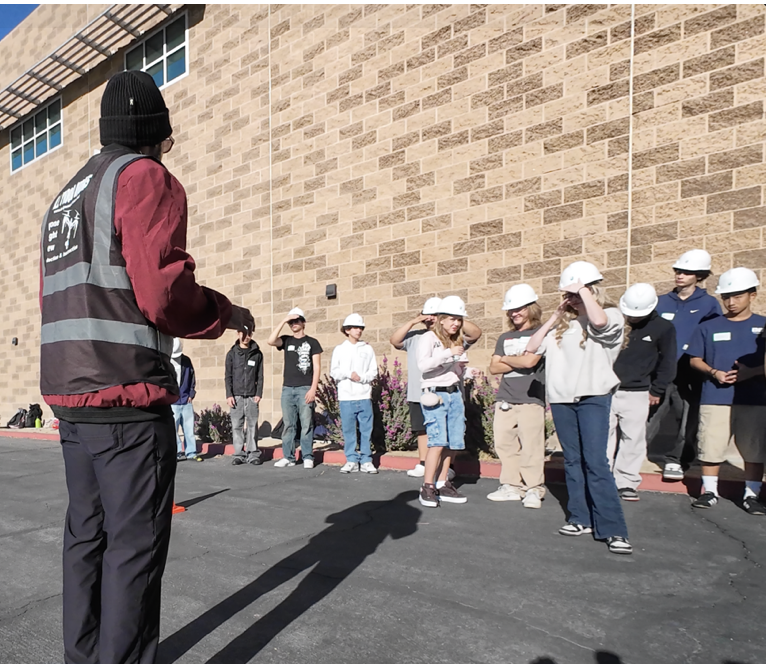How ToDrone OperationSkills TrainingDrone JobsHow to Fly a Drone: A Beginner’s Guide
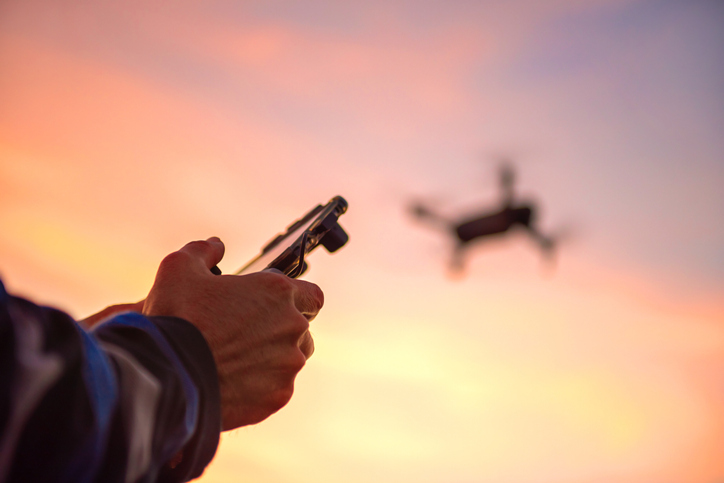
Drones have come to be extremely popular for photographers and videographers and have become a staple piece of production tools for filmmakers. Additionally, drones have become a fun hobby for recreational use. Whether you want to brush up on your drone skills due to a newly discovered hobby or want to turn drone flying into a profitable career, then this blog is the perfect guide to learn how to fly a drone.
How Does the Drone Remote Controller Work?
Drones are usually operated using a remote controller along with a transmitter. The remote controller is much like a gaming controller, as it has buttons and joysticks that serve many different functions. There are also professional drones that have more complex remote controllers, which may take some time to understand. But regardless of the complexities of a remote controller, the drone operator can manage the right and left controllers with their thumbs, and the great thing is that many different models have similar selections and functions.
There are four major functions of the drone’s controller, which are:
- Yaw: The yaw is the part of the controller that rotates, which is located on the left stick of the drone. When you push the left stick right or left (along the x-axis), it allows the user to position the drone to face different directions, without moving the drone from its current position.
- Throttle: The throttle adjusts the amount of speed of the drone. When you push the left stick up or down (along the y-axis), it allows the user to control the speed of the drone.
- Roll: The roll is located on the right stick, which controls the movement of the drone. When you push the right stick left or right (along the x-axis) it allows the user to move the drone left or right.
- Pitch: The pitch is located on the right stick, which controls the slant of your drone and can go either backward or forward. When you push the right stick up or down (along the y-axis), it moves the drone backward or forward accordingly.
How to Fly a Drone as a Beginner
Once you have become familiar with your drone and the controller’s functions, you can put these skills into practice. Here is a guide you can use to follow to ensure your drone flying experience is safe and fun.
- Find an area that is an open space: When flying a drone, it is important to find an open place to practice. It should be an outdoor space that is free of obstructions (i.e. trees, walls, power lines, other people, and more).
- Place the drone down: Next, find a good place for the drone to take-off from. You’ll want to be sure that it is placed in front of you on a flat surface.
- Connecting the transmitter: Before you turn the transmitter on, then turn the transmitter on. Once the transmitter is on, the drone’s battery can be connected. These are essential steps that you will need to follow before take-off and landing. Once you are done flying, disconnect the battery and turn the transmitter off.
- Establish take-off, hovering, and rotating practices: Once you have established the above steps, push the throttle (left stick) slowly upwards and the drone will lift off. Make sure to keep it in place without moving around. The drone should be launched a couple of feet above the ground and then you should practice landing it as steadily as possible. You can do so by slowly pushing the throttle (left stick) down until it safely lands on the ground.
The next step to practice is hovering. You can start by practicing the take-off step so the drone will be launched a couple of feet off the ground. Practicing hovering can be tedious but it is essential to get this step down correctly so you are able to do other techniques correctly.
Another step that you will need to familiarize yourself with is rotating, which is done by pushing the left stick’s yaw. Once you have launched the drone and are hovering steadily, you can push the left sticks yaw left or right until the drone rotates and is facing you. This can be difficult so it will take patience and attention to detail.
- Get acquainted with techniques
Once you have practice taking off, hovering, and rotating, then you can use all of your knowledge and experience and practice new techniques. There are many fun techniques that you will be able to get acquainted with once you have the basics down, such as traveling in parallel pathways, drawing a square, drawing a circle, drawing a figure 8 and more.
Whether you are learning how to fly a propel drone, how to fly a dji drone, or the like, it is imperative that you get a good amount of practice to ensure a safe and fun drone experience. Don’t forget to charge the battery and register your drone on this website.
